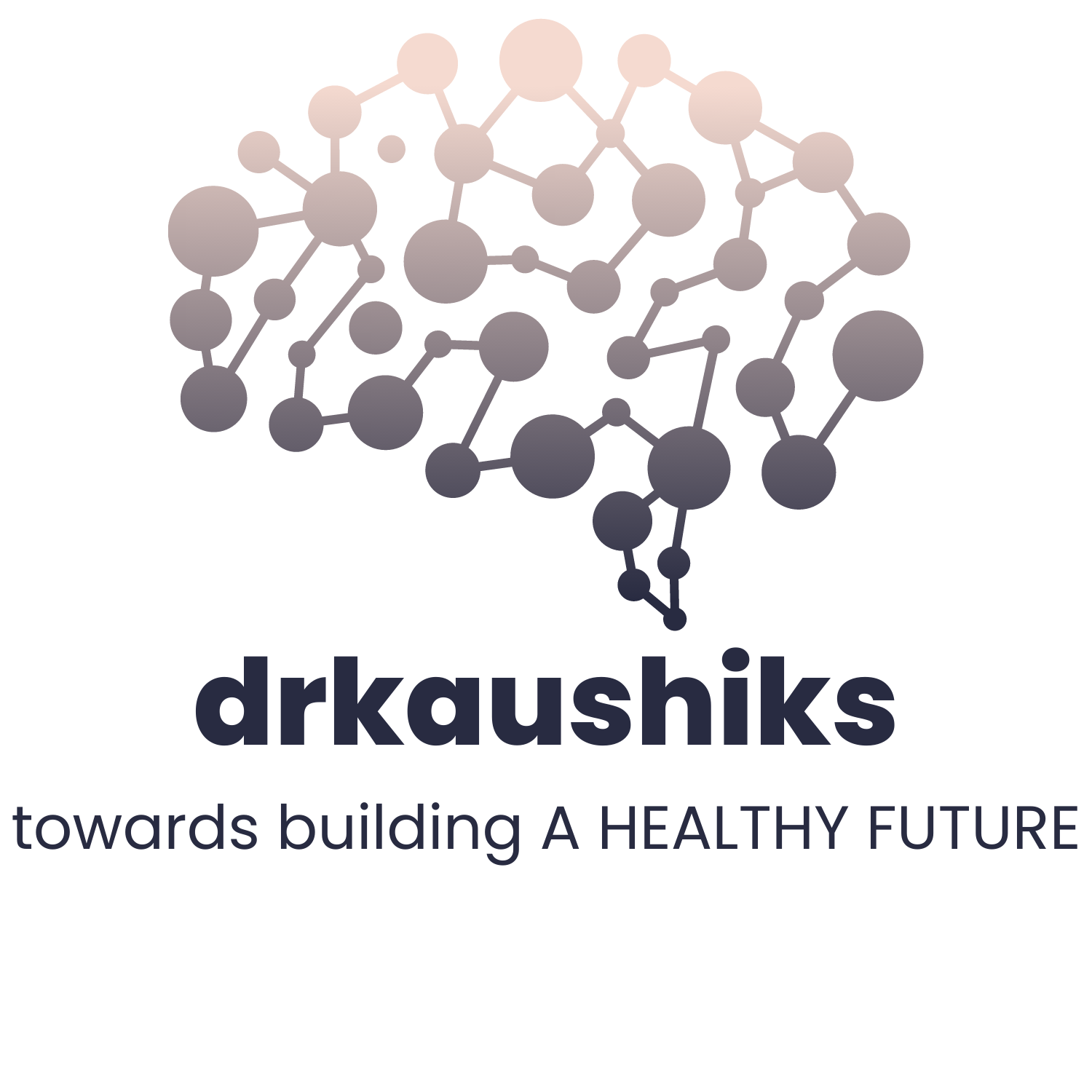Recent Initiatives
DISHA Android Application
Data Integrated Solutions for Healthy Futures with Artificial Intelligence (DISHA) is a one-stop mHealth solution to revolutionize frontline health services and disease reporting.
Currently, the digital health world has a plethora of solutions focused on personal care. Yet, the frontline health workers do not have a digital job aid that can standardize their workflows, enable them to make the right steps in testing and treatment, and educate them on the information to be shared with the patients.
Data Integrated Solutions for Healthy Futures with Artificial Intelligence (DISHA) is a one-stop mHealth solution having 22 different features, including geo-mapping, geofencing, user profiling, chatbot, online surveys, recommender system, and many others to revolutionize frontline health services and disease reporting. It is open-source, integrable, and flexible.
This application not only helps frontline health workers to conduct surveillance and reporting for febrile illnesses, but it also enables the supervisors to monitor the services at the frontline with a single click.
AI-driven SaaS Platform
An end-to-end AI-powered SaaS platform to digitalize surveillance, automate data profiling, data engineering, and big data analytics, and generate insightful data stories on disease hotspots, forecasted trends, and service performances.
Malaria Prediction and Planning Toolkit (MPPT) is an end-to-end AI-powered SaaS platform to digitalize surveillance, automate data profiling, data engineering, and big data analytics, and generate insightful data stories on disease hotspots, forecasted trends, and service performances.
MPPT addresses three fundamental problems of the health industry:
Lack of high-quality real-world data;
Inability to integrate health information with other information, such as weather, risk factors, service delivery;
Lack of risk prediction and decision support tools for population medicine.
Today MPPT helps over 300,000 people with timely access to improved diagnosis, treatment, referral, and other health services for malaria. Its disease coverage is now being enhanced to support precision programming and improved health services for all non-malarial fevers.
National Digital Campaign
BKMLL digital campaign educated over 180 million Indians on the urgency of preventing mosquito-borne diseases during the COVID19 pandemic.
During the early days of the pandemic, all febrile illnesses took backstage with the exception of COVID19. At Malaria No More India, Kaushik instrumented the BKMLL digital campaign to educate over 180 million Indians on the urgency of preventing mosquito-borne diseases. BKMLL improved health-seeking and personal protection behaviour and emerged as one of the global digital health best practices in raising community awareness.
Malaria No More (MNM) rolled out the campaign in partnership with The Times Group. MNM India convened a “Creative Council” of India’s top media leaders. WPP Ogilvy, a communications agency, led the brand creation. In 2020, the campaign reached over 100 million Indians, and in 2021 the reach exceeded 180 million. BKMLL was recognized as one of the most successful digital campaigns during the pandemic by the RBM partnership, Meta, and The World Bank teams.
Malaria Elimination Ring to Interrupt Transmission (MERIT)
At Malaria No More, I conceptualized and designed a precision programming model, MERIT, that achieved unprecedented success in the most marginalized settings of Odisha state of India.
Malaria Elimination Ring to Interrupt Transmission (MERIT) is a precision programming model that aimed to deliver malaria control and elimination interventions targeting the communities who live in areas with the highest malaria transmission yet have limited access to malaria testing and treatment services. The model’s pilot started in 2020 in Malkangiri and Koraput districts of one of India’s highest malaria-affected states, Odisha.
The model has four pillars of core interventions to strengthen the healthcare delivery system and sharpen malaria programming at the last mile:
Integrated communitization approach for fever testing and treatment
Data-driven digital active surveillance and targeted action
Early warning and risk stratification
Health education, communication, and community mobilization.
The data triangulated from different surveys and district surveillance reports demonstrated the feasibility of strengthening system and service delivery at the most marginalized settings, promoting equity of health interventions and malaria prevention tools.
The surge capacity building through the mobilization of rapid diagnostic tests and intensive monitoring of surveillance and supply chain resulted in the increase in malaria surveillance by an estimated 13% across five most-affected districts. An estimated 46% malaria cases of the state in 2019 could be detected through the strengthened surveillance.
The health education model combining burst campaign followed by pulse communication integrated with nightly LLIN monitoring resulted in the achievement of 99.19% use rate of LLINs across targeted hamlets in 2021 against state average of use rate of 87% measured through a KAP survey in 2019. • Two of the 120 malaria Saathis have already been inducted as ASHAs in their respective villages– a model of capacity building demonstrating success.
The Doots and Saathis have achieved 39.6% annualised blood examination rate in a period of 9 months conducting 4,782 tests. 132 malaria cases were provided complete treatment in the hamlets across the period.
MERIT has been highlighted on several platforms. The Ministry of Tribal Affairs featured MERIT in their official newsletter Alekh.
Malaria Mapathon
OpenStreetMap revolutionalized disease hotspot detection and risk prediction.
One of the most compelling challenges of applying computer vision in predicting disease hotspots is the unavailability of labeled earth observation day. In collaboration with Cognizant, Kaushik led the roll out of household labeling in OpenStreetMap to enable high-resolution risk mapping using advanced computer vision algorithms.
With the mapping initiative, computer vision models could be generated with high accuracy, augmenting risk prediction and forecasting for malaria elimination.





